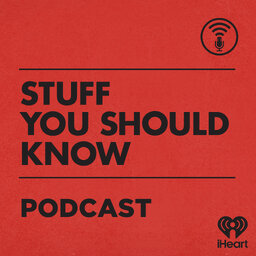How Barcodes Work
Barcodes are everywhere. Those little lines and numbers that make up one of the most recognizable barcodes, the UPC, was designed to make going to the grocery a lot less miserable. It ended up becoming the central symbol of the global economy.
Learn more about your ad-choices at https://www.iheartpodcastnetwork.com
 Stuff You Should Know
Stuff You Should Know


